
Five Ways Trees Can Transform Your Garden
At HollandGreen, we see trees as fundamental elements of great garden design. Beyond their beauty, they offer environmental function, structure, and long-term value. Whether cooling a home, supporting biodiversity, or managing water, the right trees work hard—quietly and effectively.
Here are five considered ways trees can transform your garden.
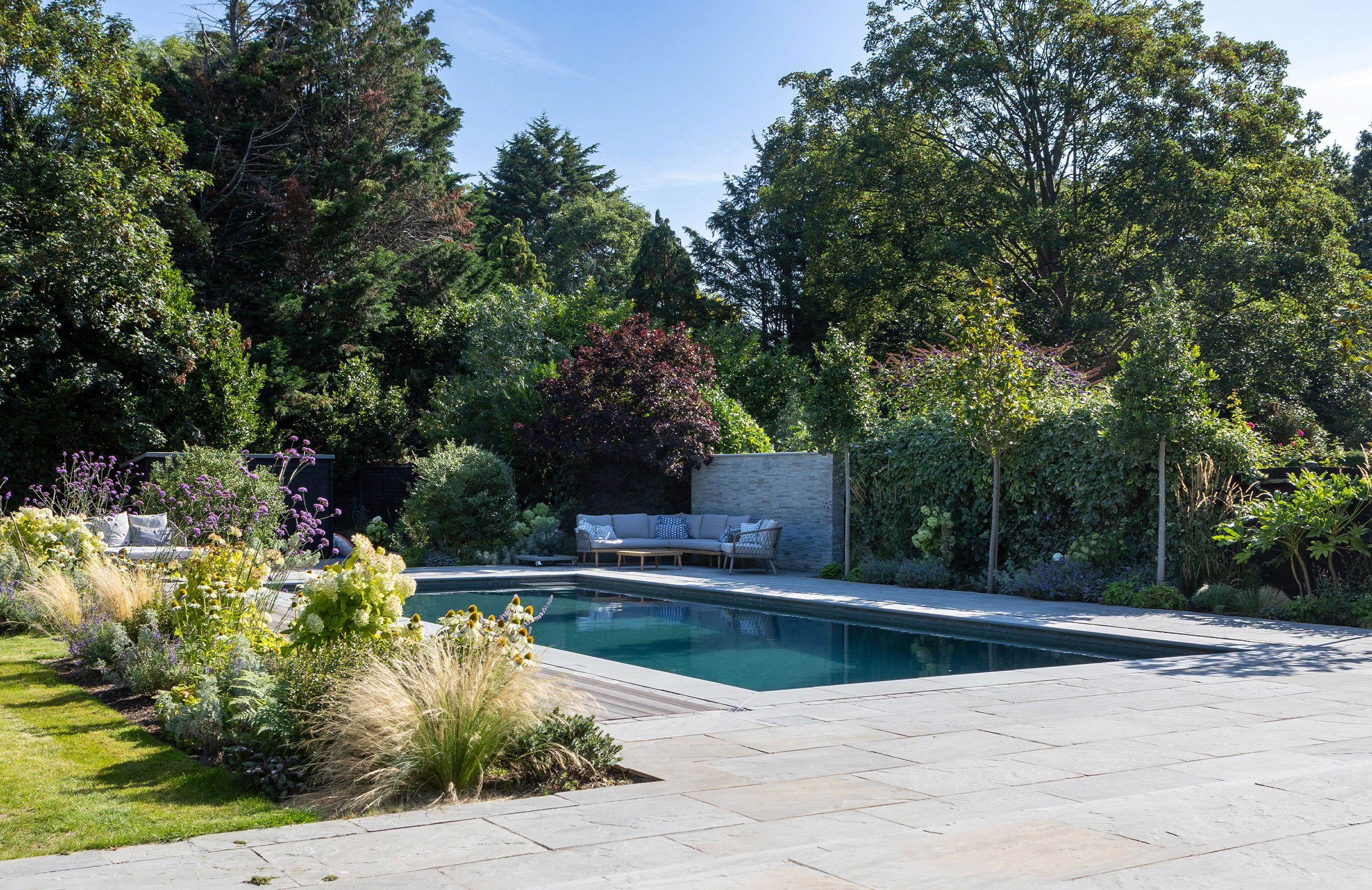
1. Tree Led Climate Control
Deciduous trees offer one of the simplest and most effective forms of passive climate control. When thoughtfully positioned, species like field maple, hornbeam or silver birch provide generous summer shade — cooling both outdoor areas and helping to reduce solar gain through windows, which in turn keeps interior spaces naturally cooler. This lessens the need for energy-intensive air conditioning. In winter, their bare branches allow low-angle sunlight to reach the home, bringing warmth and natural light when it’s needed most.
As our climate shifts, this seasonal adaptability offers a beautiful, energy-efficient response — enhancing comfort while working in harmony with the environment.
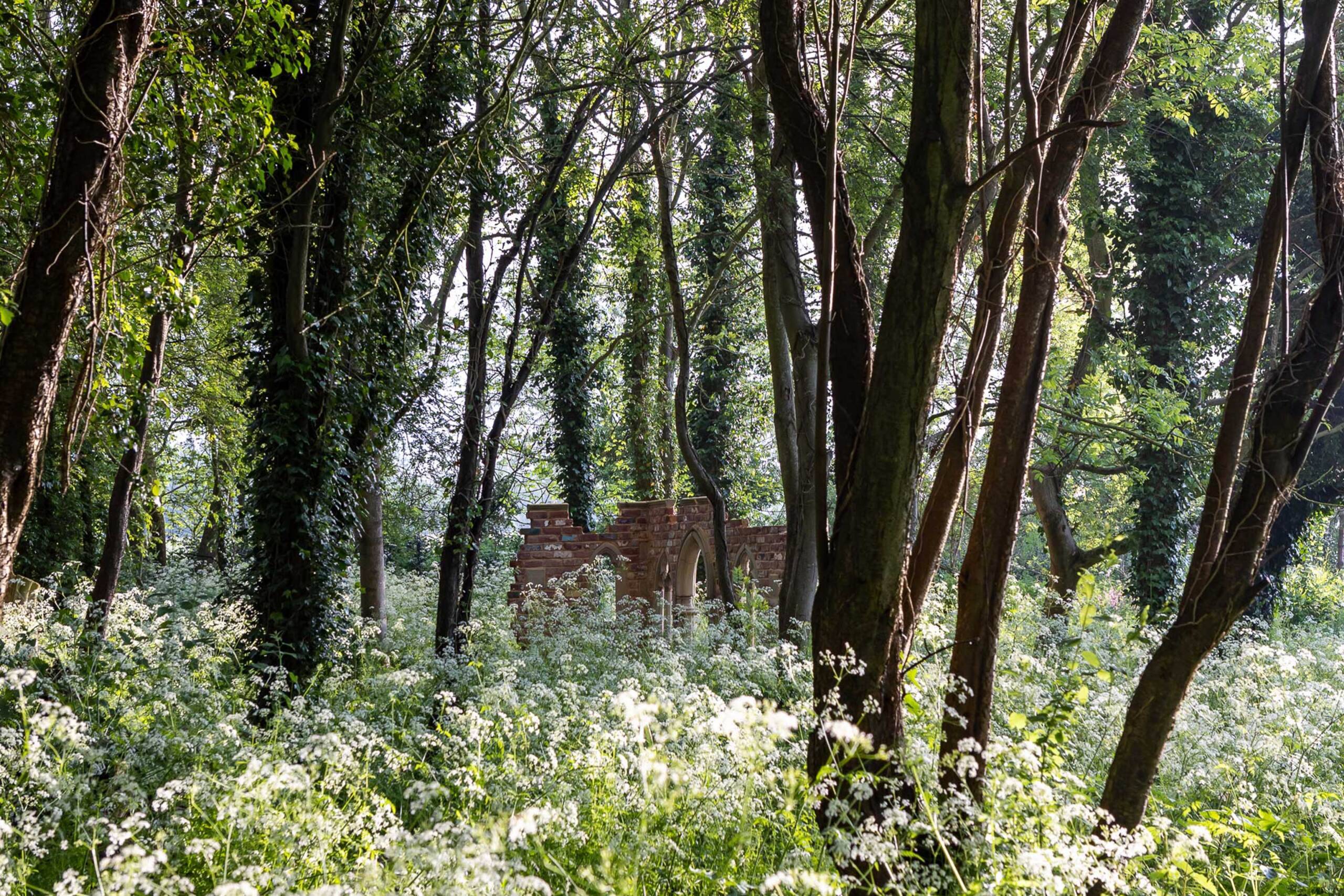
2. Planting With Purpose
Trees are essential for supporting protected and declining species. Native varieties—such as oak, hawthorn, and rowan—provide food, shelter and nesting spaces for bats, hedgehogs, and birds like the spotted flycatcher.
Even in smaller gardens, the right planting can create important habitat links across urban and rural areas. Trees aren’t just part of the view—they’re part of the ecosystem.
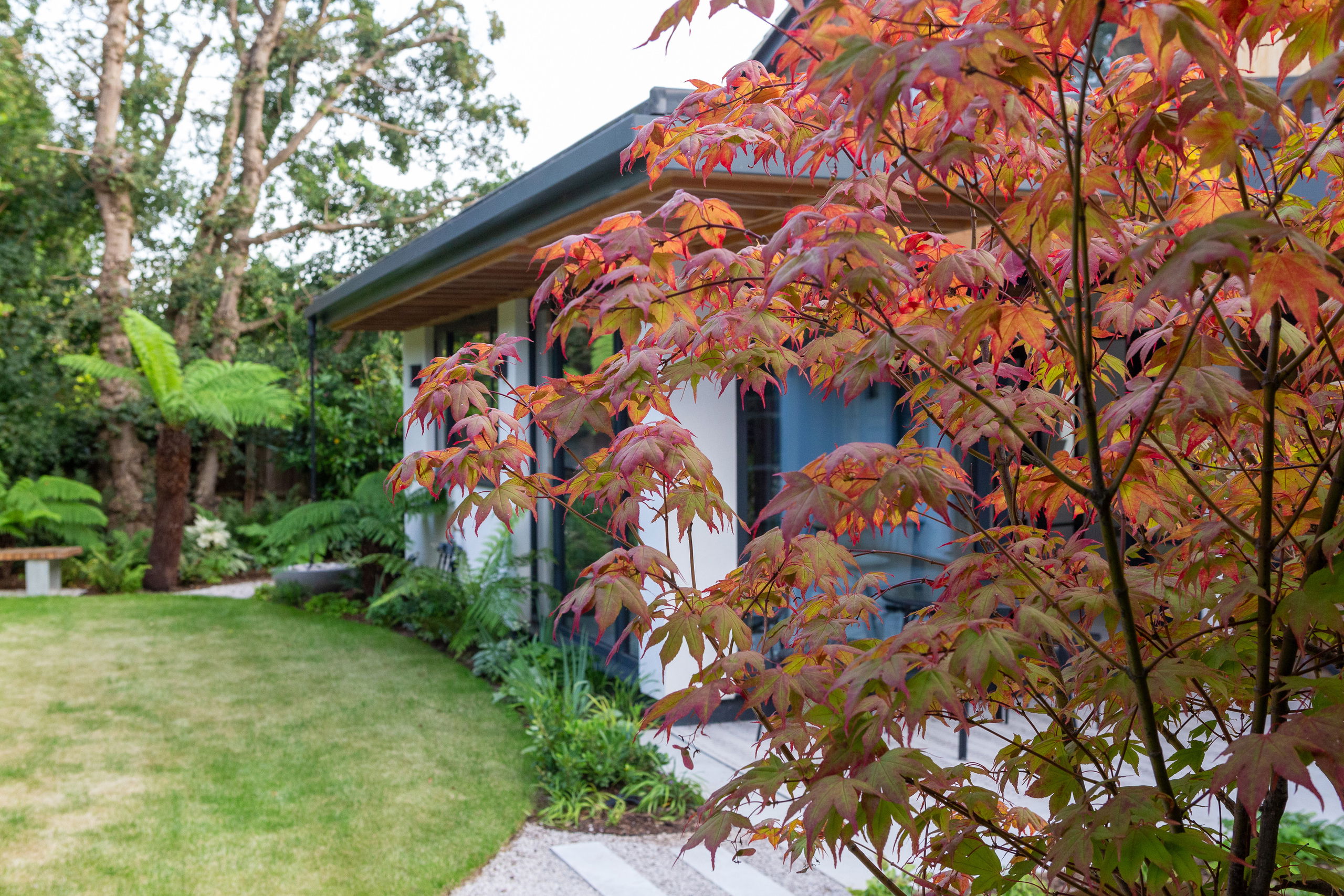
3. Natural Structure All Year Long
Trees bring natural rhythm to a garden. Spring blossom, deep green summer foliage, and rich autumn colour from species like rowan and liquidambar ensure constant visual change. In winter, architectural branches and textured bark from trees like silver birch add definition when planting elsewhere is dormant.
This quiet seasonality adds structure and movement, grounding your garden in its surroundings without overpowering it.
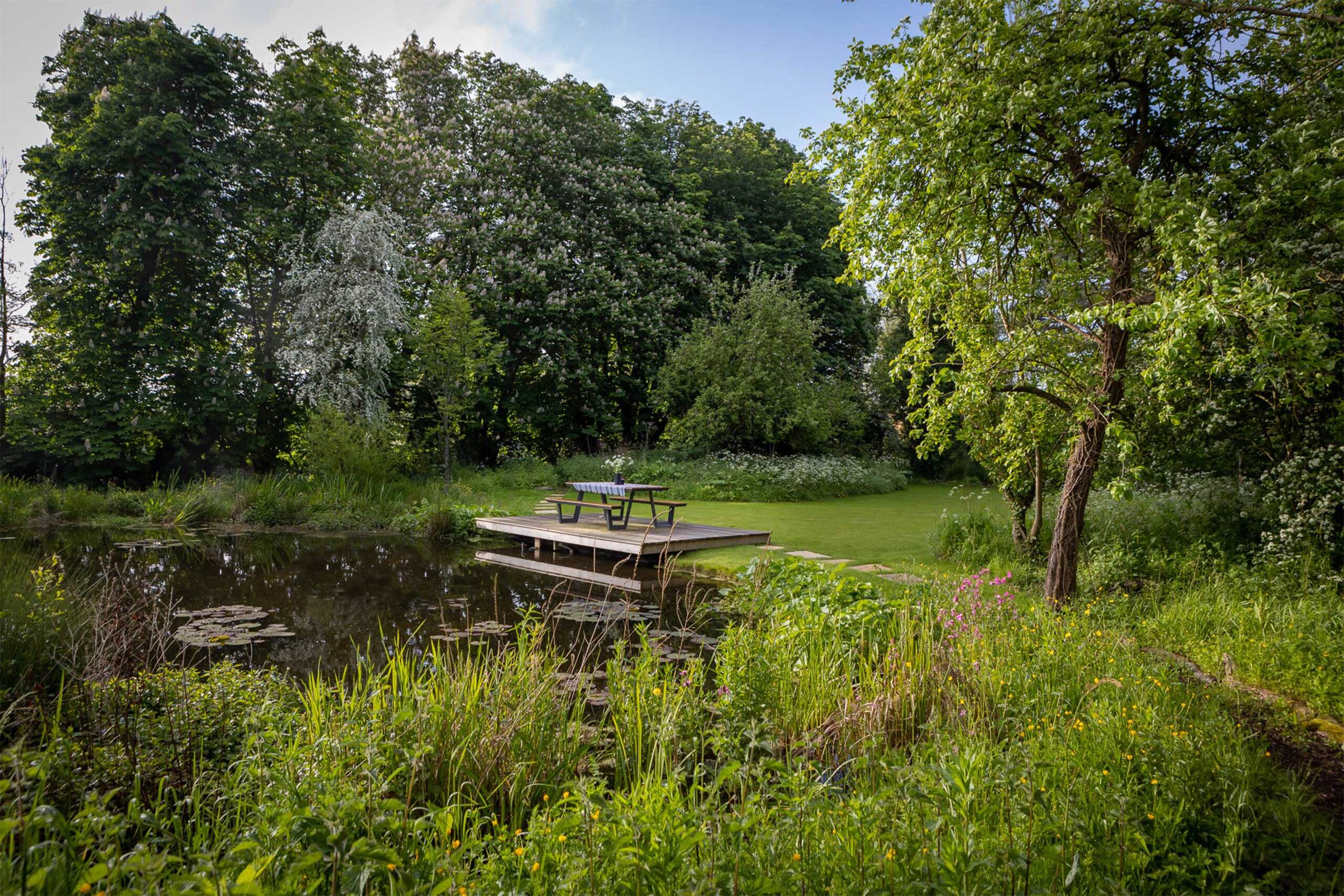
4. Natural Drainage Built Into Design
With heavier rainfall becoming more common, trees play a crucial role in managing water. Deep-rooted species such as alder and hornbeam help stabilise soil, reduce surface runoff, and encourage infiltration. Their canopies slow the force of heavy rain, protecting both planting and hardscape.
Integrated early in the design, trees support a more resilient garden—especially on sloped or clay-heavy plots.
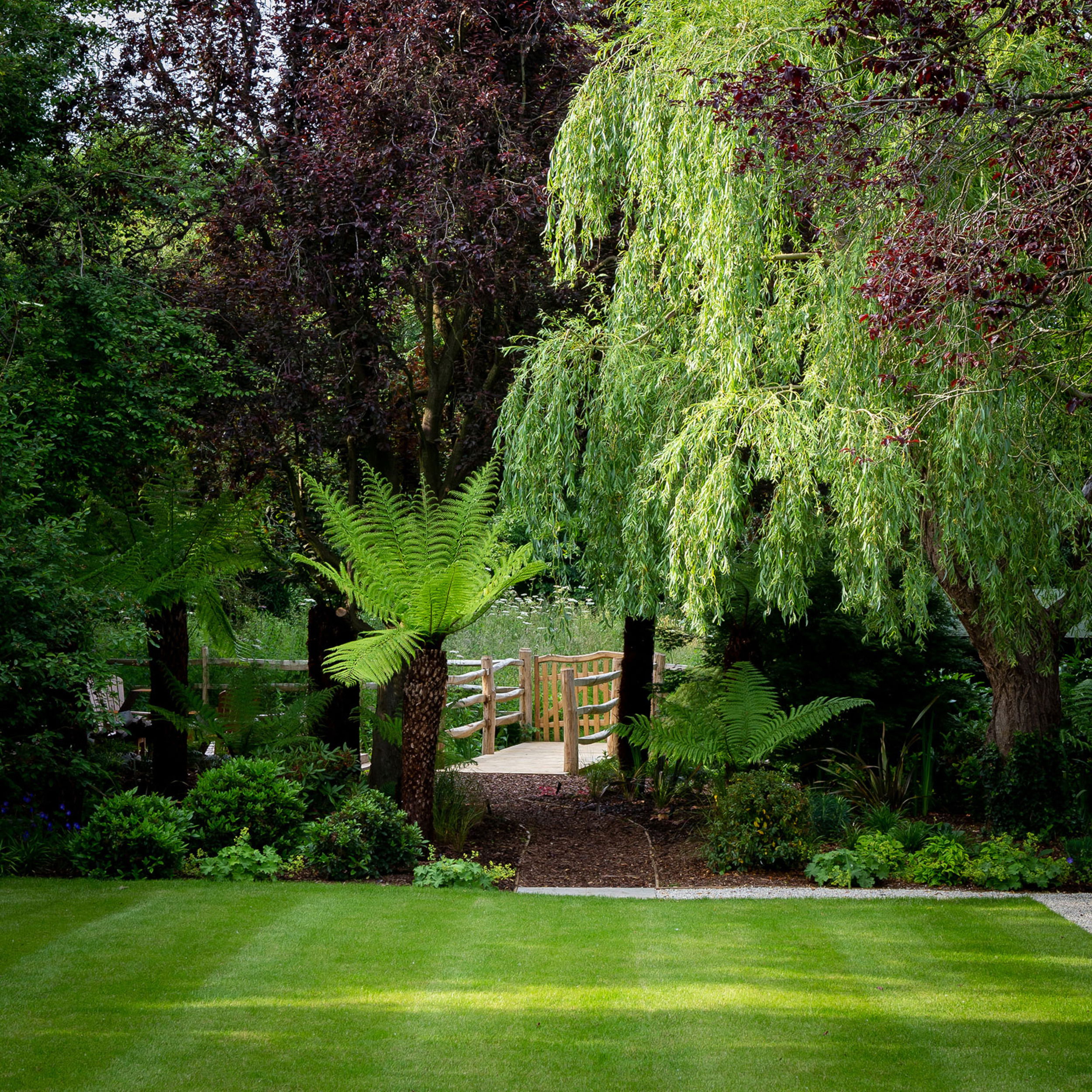
5. Meaningful Carbon Capture
Trees are an active tool in tackling climate impact. While mature woodlands store large amounts of carbon, young trees absorb CO₂ at a faster rate as they grow. Species like hazel, willow, and alder are especially effective in domestic landscapes, locking carbon into both biomass and soil.
Over time, even one well-placed tree contributes to the wider effort—combining environmental benefit with lasting design value.
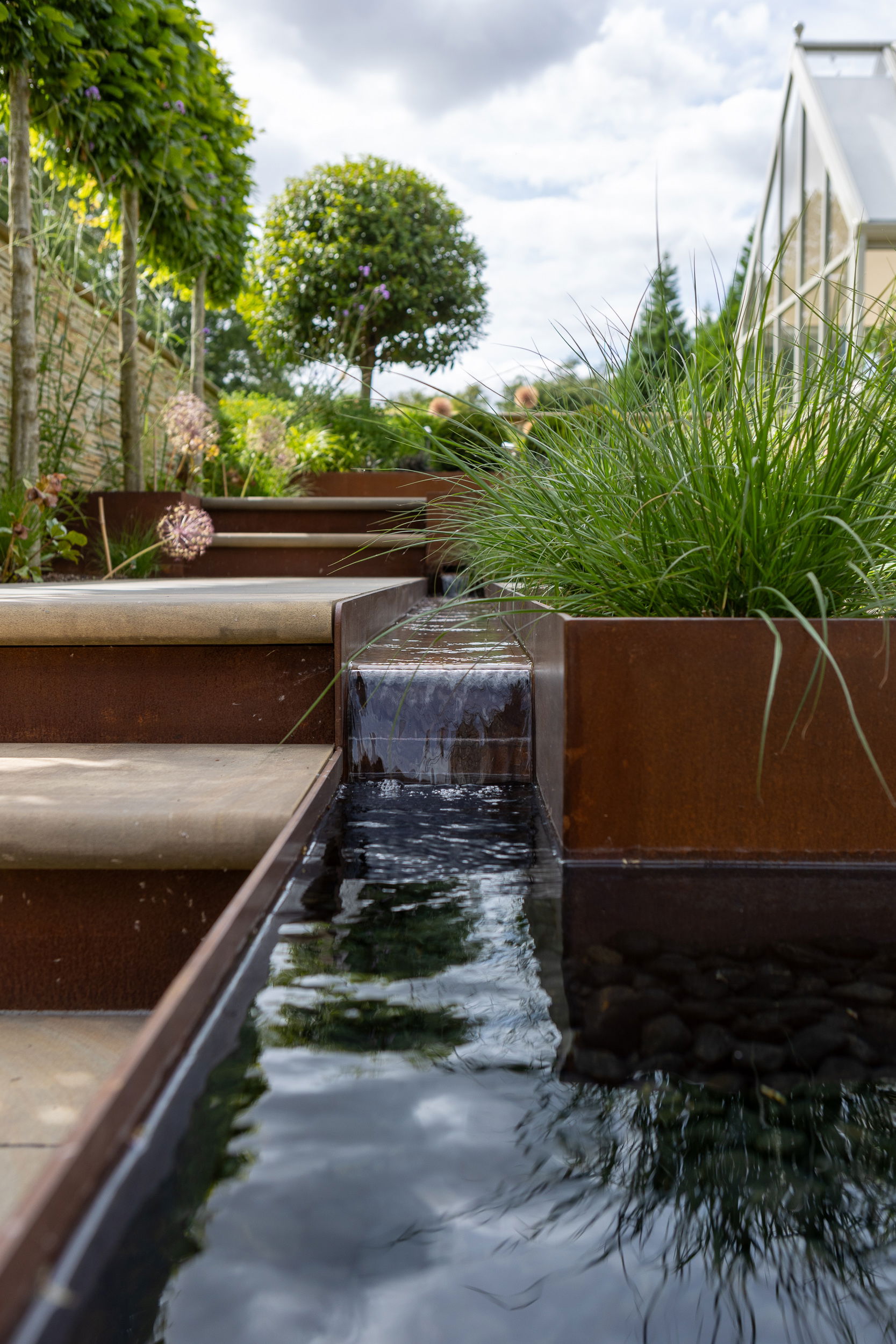

Designed To Last
From cooling and drainage to biodiversity and structure, trees bring depth and durability to every landscape. Whether it’s a single specimen tree or a row of pleached trees providing form and privacy, their presence is never incidental—it’s intentional.
In the hands of a considered design team, trees do more than fill space. They define it.
What’s Next?
Follow us on our Landscapes Instagram page to see more of our latest projects.
Keep updated with the latest news and expertise from HollandGreen by signing up to our Newsletter.
Whether you’re looking to design a beautiful country estate or a unique urban garden, our expert Landscape Designers are on hand to create a space bespoke to your needs, designed to create wonderful moments and memories for years to come. Get in touch to find out more.
